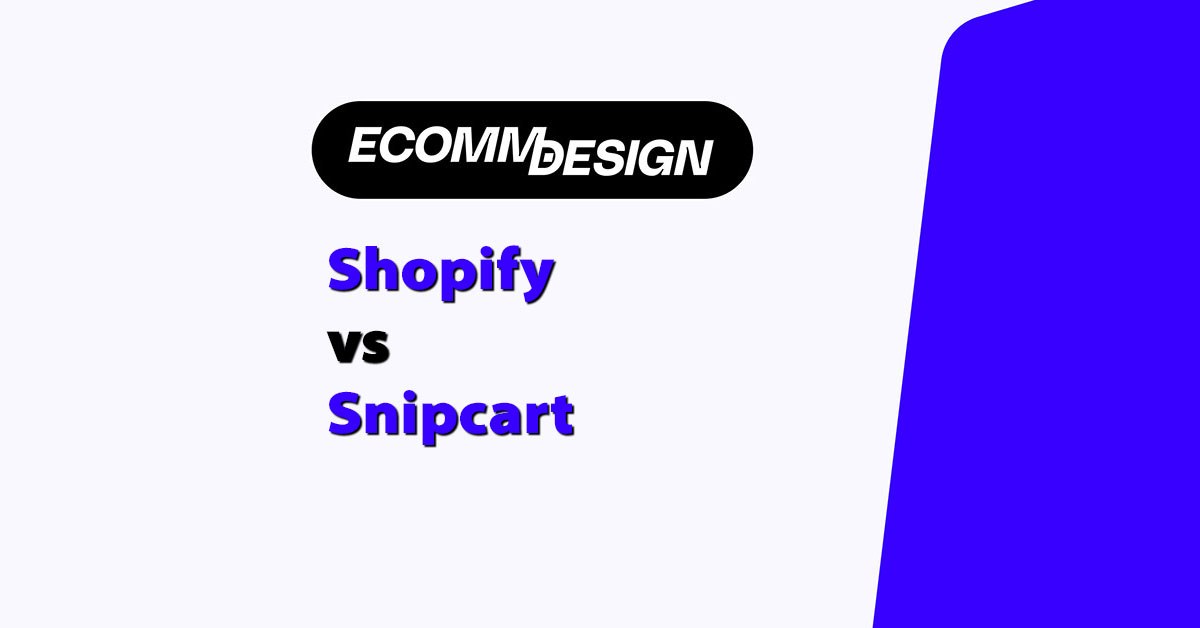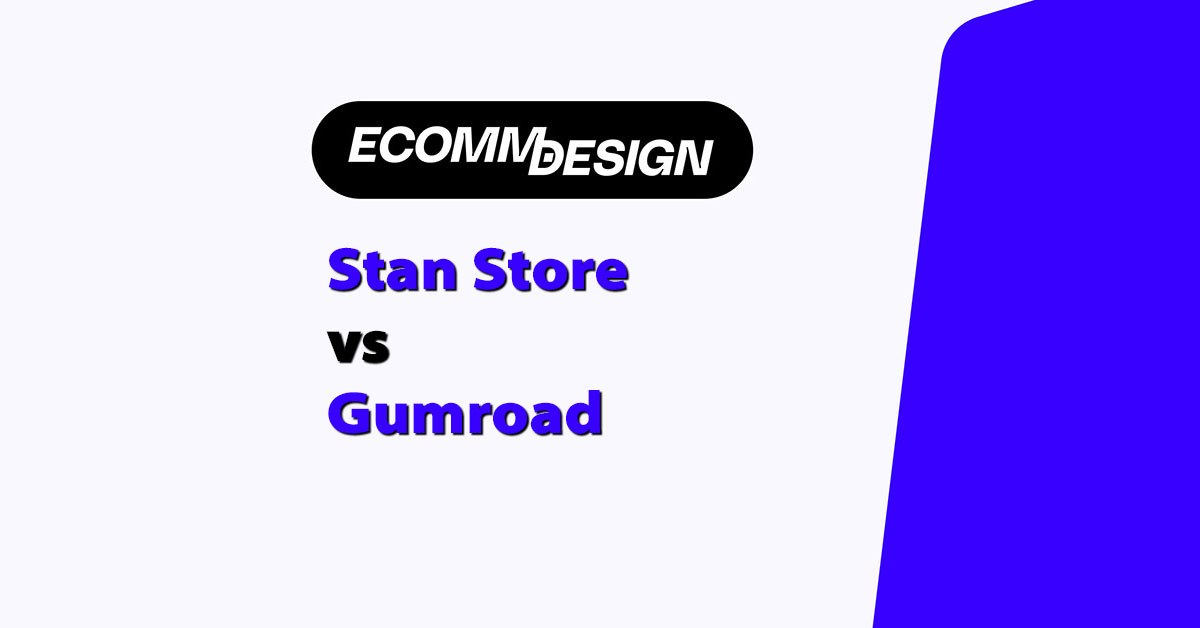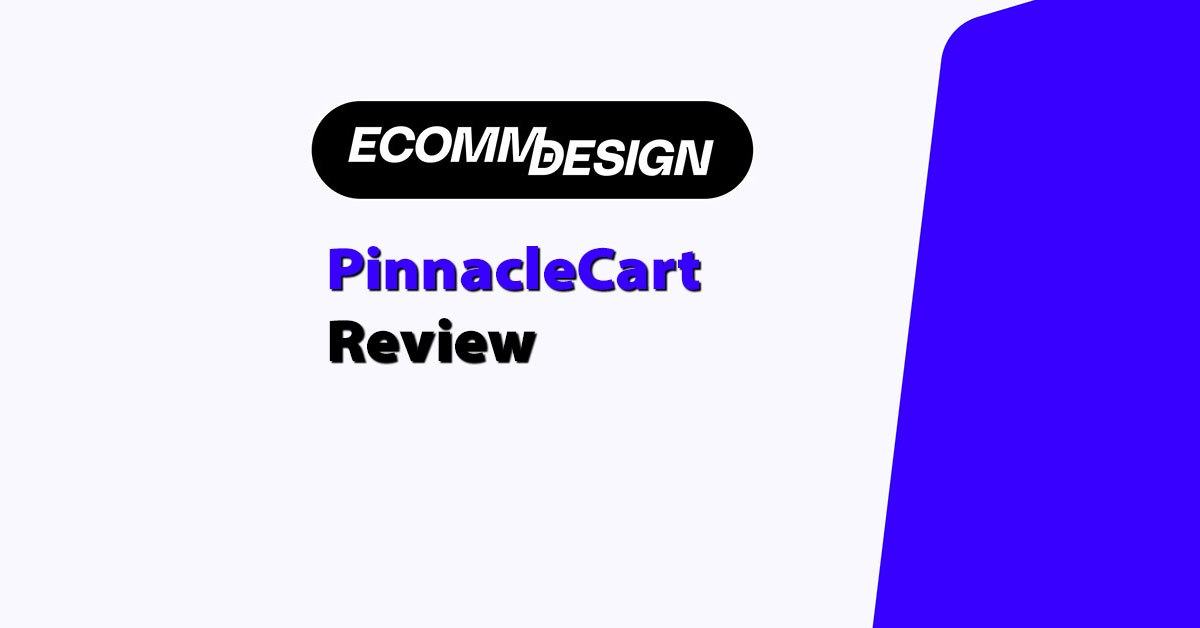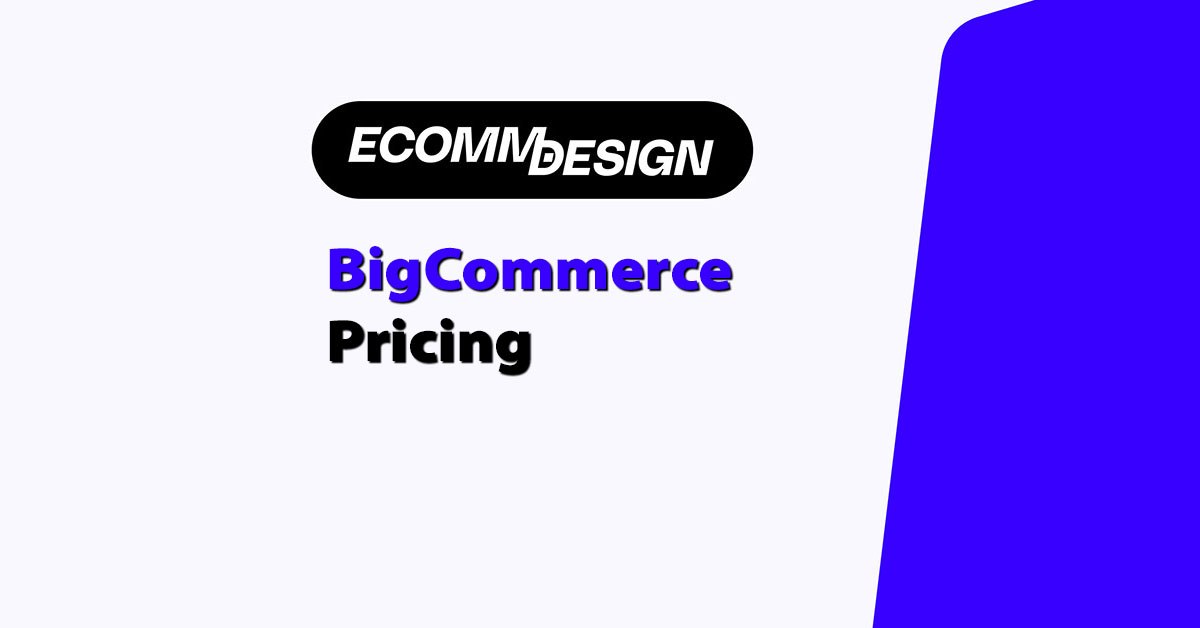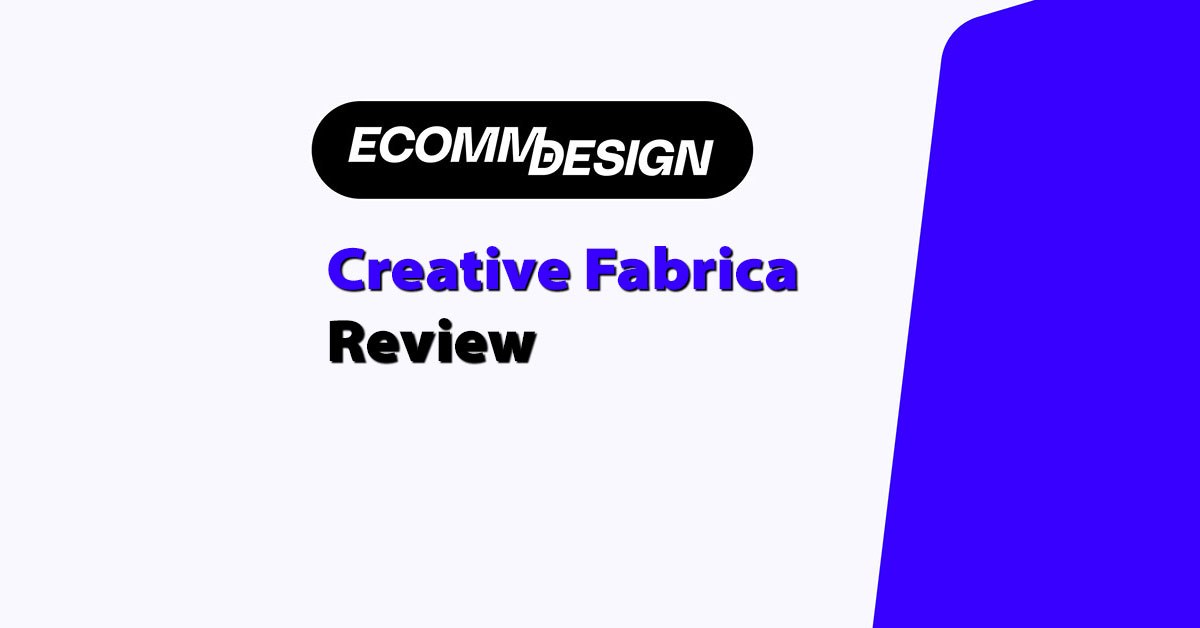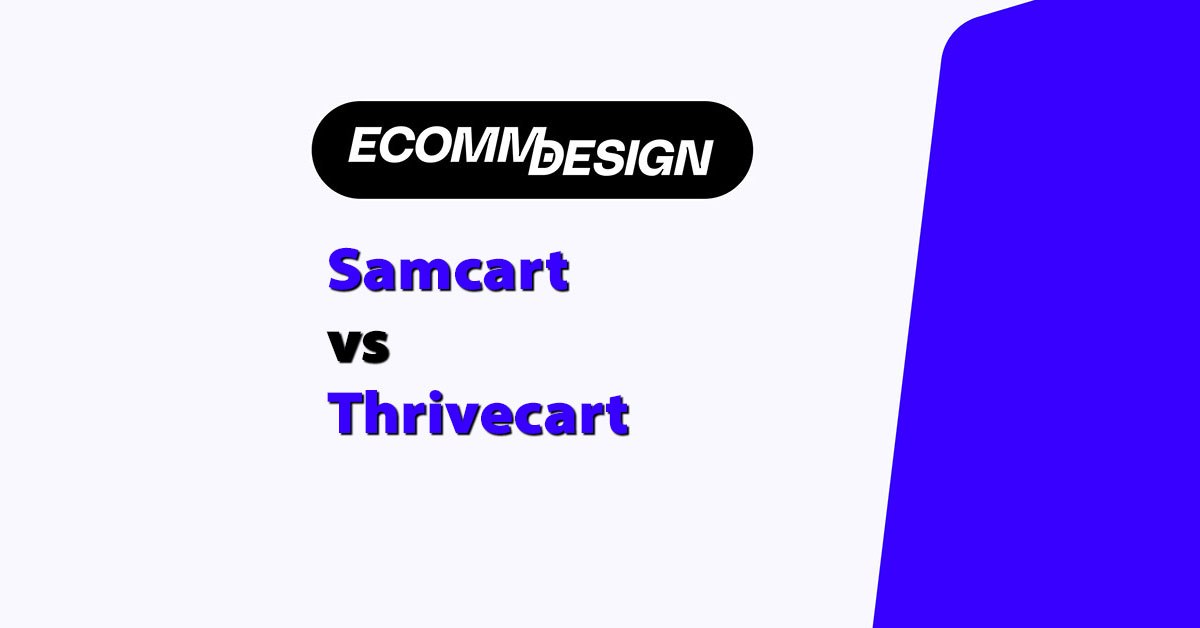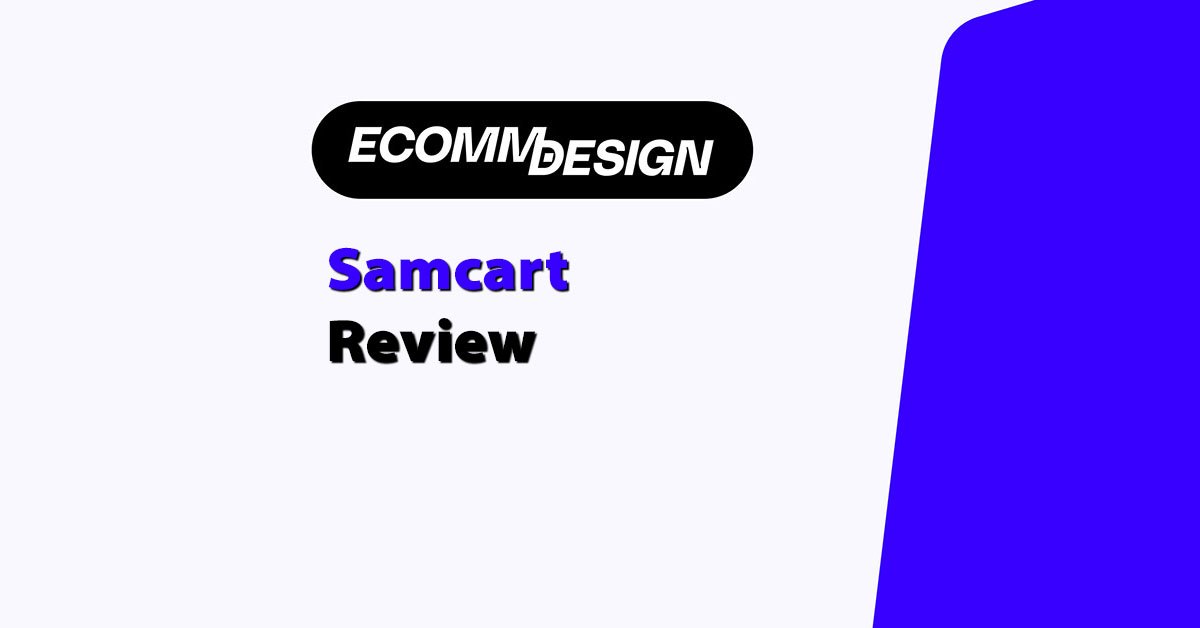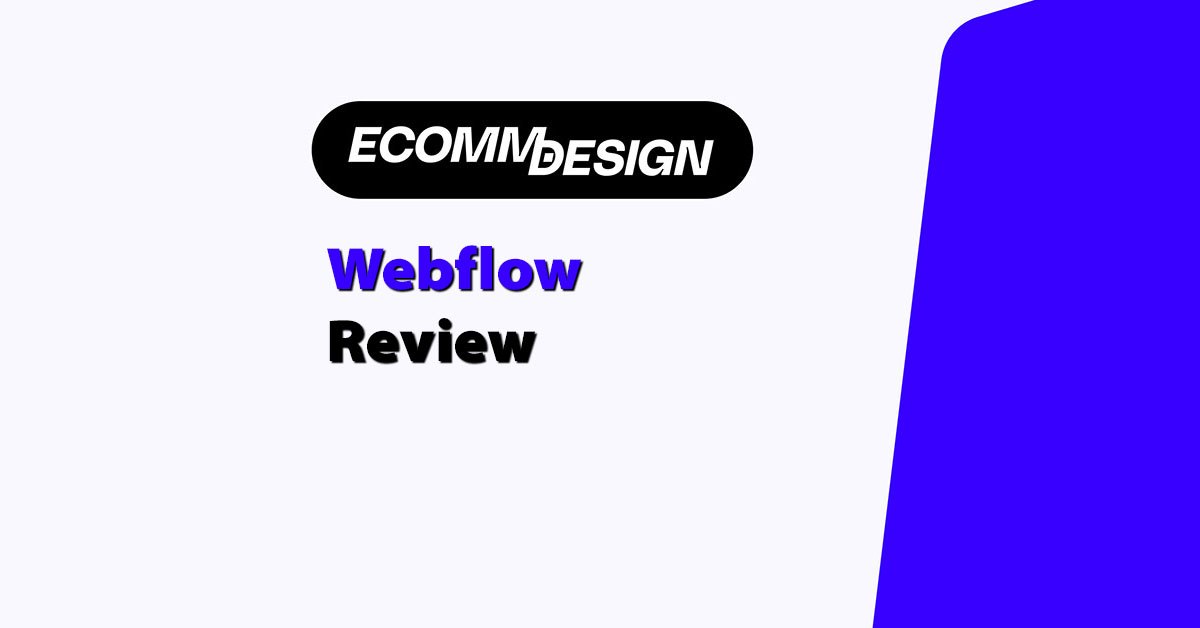
Webflow is our top-rated website builder for custom ecommerce design, offering a rare mix of visual freedom, built-in CMS tools, and fast-loading, SEO-friendly pages that help your store stand out — and scale up.
After testing over a dozen top ecommerce platforms, I can confidently say Webflow is the best choice for businesses that want full control over design and performance.
In this review, I’ll take a closer look at Webflow’s ecommerce features, site speed, pricing, and who it’s really for — so you can decide whether it fits your brand.
